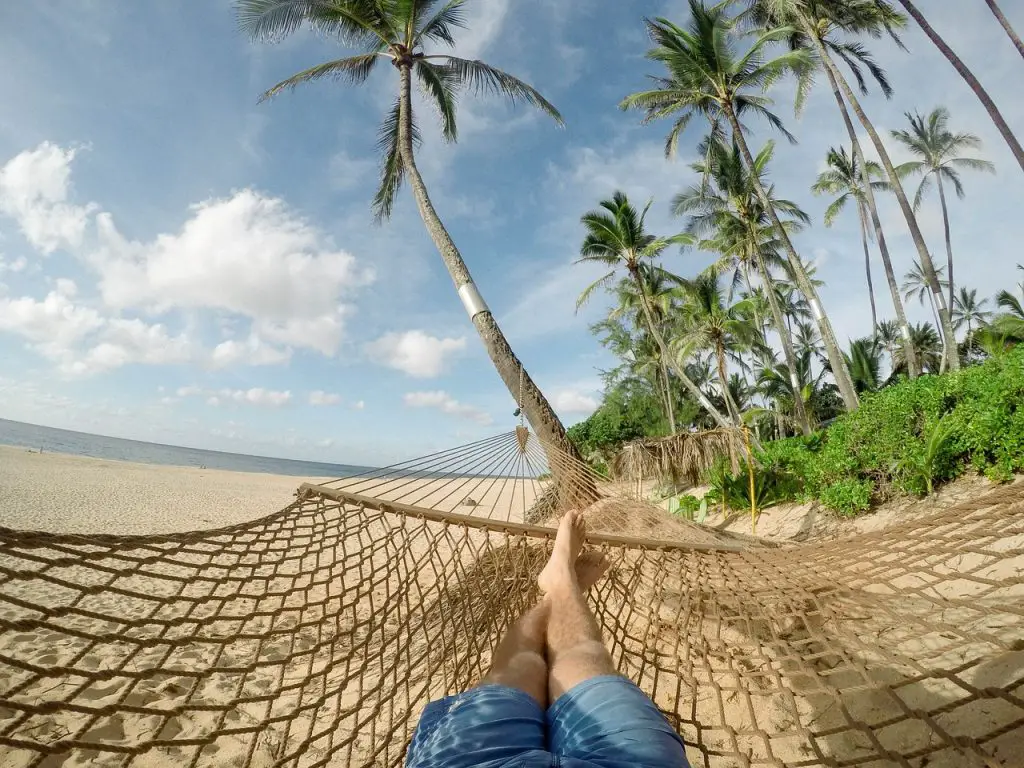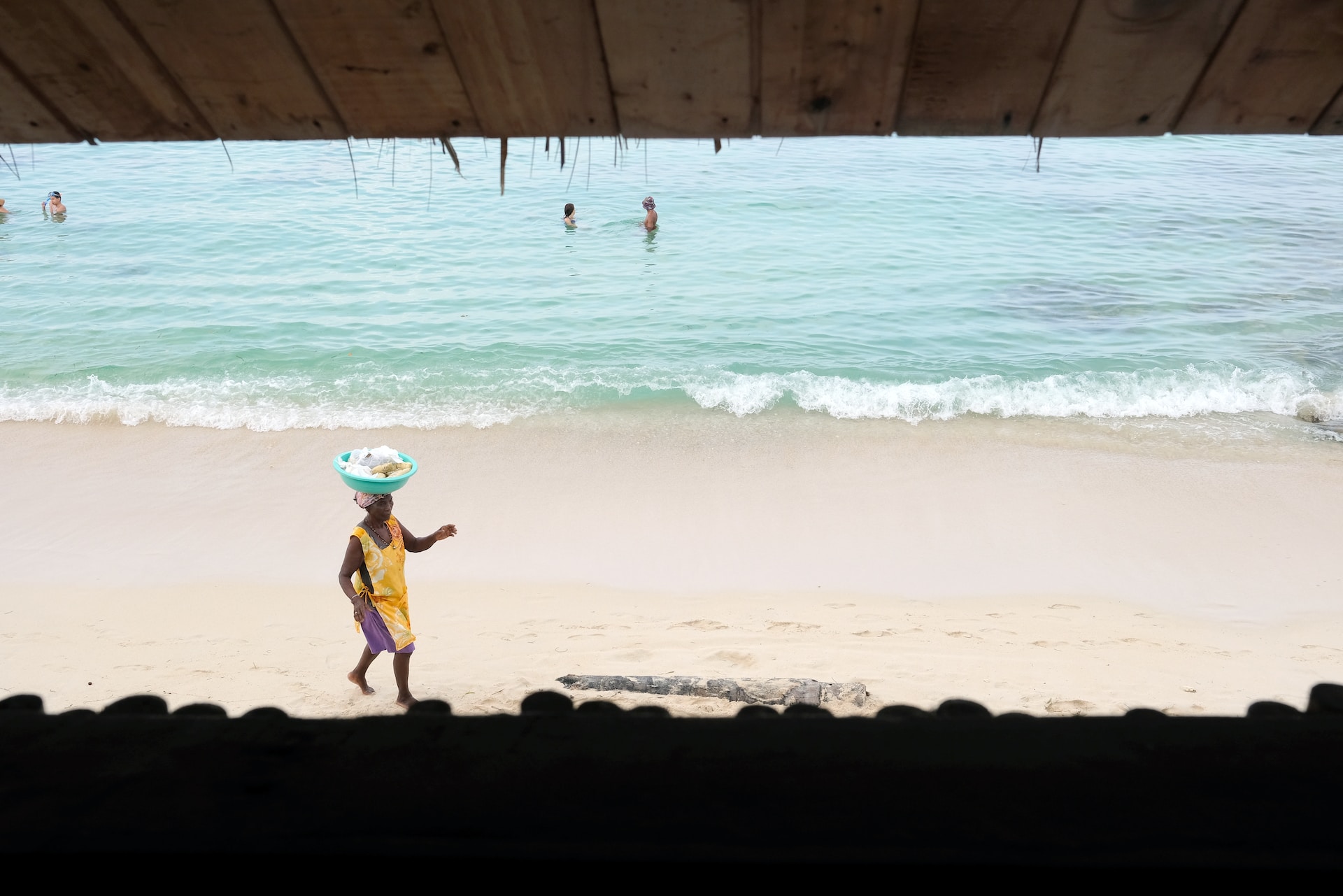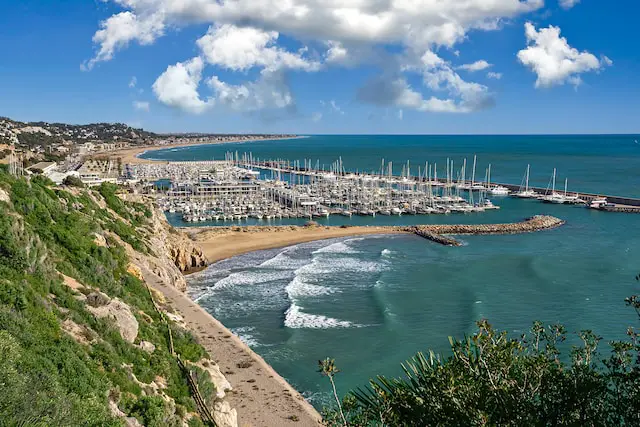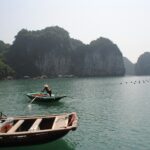Traveling around the world is a dream for many, but it can seem like a daunting task. With proper planning, budgeting, and a sense of adventure, it’s more attainable than you might think. This comprehensive guide will provide you with the necessary tips, tricks, and insights to embark on your global journey.
II. Planning Your Around-the-World Trip
A. Setting Your Goals and Priorities
Determine your travel goals: Consider what you hope to accomplish or experience during your journey. Are you seeking cultural immersion, outdoor adventures, or opportunities to learn new skills? Identifying your goals will help you plan a more meaningful trip.
Prioritize destinations: Make a list of the countries and attractions you’d like to visit, and prioritize them based on your interests and goals. This will help you create a rough itinerary and determine the most logical travel route.
Decide on trip duration: Determine the length of your trip, taking into consideration factors such as budget, work commitments, and personal preferences. This will help you better plan your itinerary and ensure you have enough time to explore your chosen destinations.
B. Budgeting and Saving
Estimate your travel expenses: Calculate the costs of flights, accommodations, transportation, food, and activities for each destination. This will help you establish a realistic budget for your trip.
Save money: Develop a savings plan to help you reach your budget goals. Consider cutting back on discretionary spending, finding additional sources of income, or adjusting your travel plans to fit your budget.
Manage your finances while traveling: Set up a system to track your expenses and monitor your budget while on the road. This could involve using a travel budget app, a spreadsheet, or a simple pen-and-paper method.
C. Planning Your Itinerary
Research visa requirements: Investigate the visa requirements for each country you plan to visit, and apply well in advance if necessary.
Book flights strategically: Look for deals on round-the-world tickets or use travel hacking techniques to save on flights. Be flexible with your travel dates and consider alternative routes to find the best prices.
Plan accommodations: Research and book accommodations in advance, focusing on budget-friendly options like hostels, guesthouses, or Airbnb rentals.
Research local transportation: Familiarize yourself with local transportation options in each destination, and consider purchasing multi-day or multi-ride passes for additional savings.
III. Packing and Preparation
A. Packing Essentials
Choose the right luggage: Opt for a durable and lightweight backpack or suitcase that’s easy to carry and fits within airline size restrictions.
Pack versatile clothing: Bring clothing that’s easy to layer, quick-drying, and can be worn in multiple combinations. Focus on neutral colors and multi-purpose items.
Travel-sized toiletries: Bring travel-sized toiletries to save space and weight in your luggage. Consider using solid shampoo and conditioner bars to avoid liquid restrictions.
Important documents: Bring a physical copy of your passport, visas, travel insurance, and any necessary prescriptions. Also, store digital copies of these documents in a secure cloud storage service for added security.
B. Health and Safety Preparations
Vaccinations: Research the recommended vaccinations for each destination and schedule appointments with your healthcare provider to receive the necessary immunizations.
Travel insurance: Purchase comprehensive travel insurance to cover potential medical emergencies, trip cancellations, and lost or stolen belongings.
Register with your country’s embassy: Register your trip with your country’s embassy or consulate in each destination, so they can contact you in case of an emergency.
Learn basic first aid: Familiarize yourself with basic first aid techniques and carry a small first aid kit with essential supplies such as band-aids, pain relievers, and any necessary prescription medications. This will help you handle minor injuries and illnesses while on the road.
Research local safety concerns: Before arriving in each destination, research local safety concerns and common scams targeting tourists. This will help you stay informed and avoid potentially dangerous situations.
IV. Navigating Cultural Differences and Language Barriers
A. Embrace Cultural Differences
Learn about local customs and traditions: Research the customs and traditions of each country you plan to visit. This will help you avoid inadvertently offending locals and show respect for their culture.
Be adaptable: Be open to experiencing new things and adjusting to different ways of life. This will enhance your travel experience and help you form stronger connections with locals.
B. Overcoming Language Barriers
Learn key phrases: Familiarize yourself with a few essential phrases in the local language, such as greetings, directions, and how to ask for help. This will make it easier to communicate with locals and navigate unfamiliar environments.
Use translation apps: Download a translation app, such as Google Translate, to help you communicate with locals and understand signs, menus, and other written materials.
Practice nonverbal communication: Learn to communicate using gestures, facial expressions, and body language to convey your message when language barriers exist.
V. Staying Connected and Documenting Your Journey
A. Staying in Touch with Friends and Family
International phone plans: Investigate international phone plans that offer affordable data and calling options while abroad.
Messaging apps: Use messaging apps like WhatsApp, Facebook Messenger, or Viber to stay in touch with friends and family via text, voice, or video calls.
Social media: Share your travel experiences on social media to keep your loved ones updated on your journey.
B. Documenting Your Trip
Photography: Capture your memories with a camera or smartphone, and consider investing in a lightweight tripod or selfie stick for better shots.
Journaling: Keep a travel journal to record your experiences, thoughts, and feelings throughout your journey. This will serve as a valuable keepsake and help you reflect on your experiences.
Blogging or vlogging: Consider starting a travel blog or YouTube channel to document your journey and share your experiences with a wider audience.
VI. Conclusion
Traveling around the world is an incredible adventure that requires thorough planning, adaptability, and a sense of exploration. By following the tips and recommendations in this guide, you can confidently embark on your global journey and make lasting memories. Whether you’re visiting iconic landmarks, immersing yourself in local cultures, or simply enjoying the freedom of the open road, your around-the-world trip will be an experience you’ll never forget.














